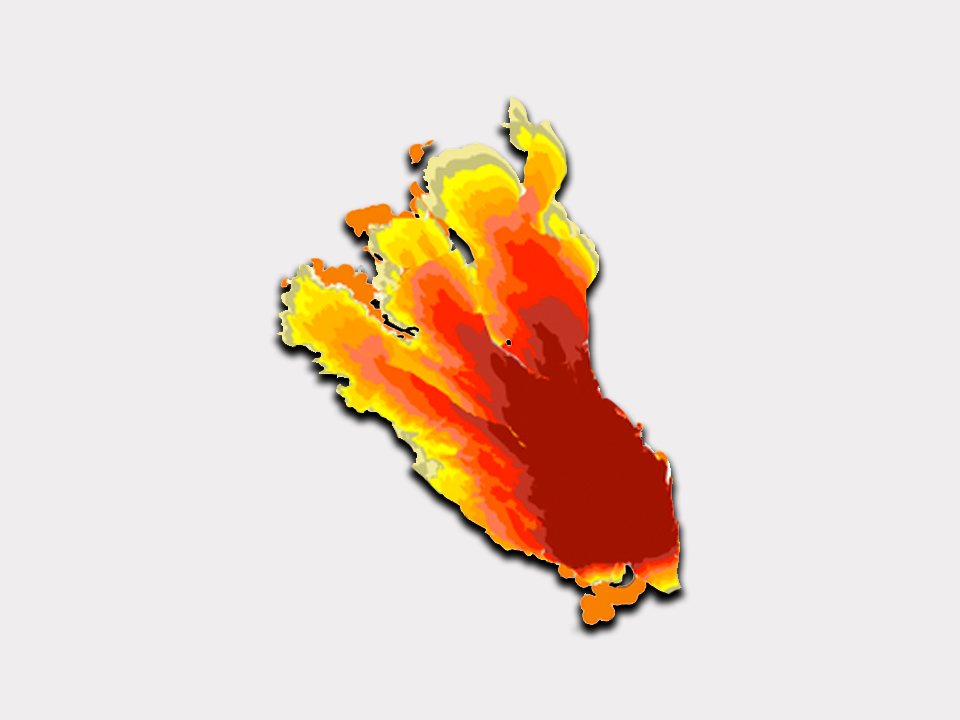Front Shape Comparison in Data-Driven Wildland Fire Spread Simulations
Cong Zhang, Mélanie Rochoux, Annabelle Collin, Wei Tang, Michael Gollner, Evan Ellicott, Philippe Moireau, and Arnaud Trouvé (2017) "Front Shape Comparison in Data-Driven Wildland Fire Spread Simulations. " 10th U.S. National Combustion Meeting, College Park, Maryland.
Abstract
Data-driven wildfire spread modeling is emerging as a cornerstone for forecasting real-time fire behavior using thermal-infrared imaging data. One key challenge in data assimilation lies in the design of an adequate measure to represent the discrepancies between observed and simulated firelines (or “fronts”). A first approach consists in adopting a Lagrangian description of the flame front and in computing a Euclidean distance between simulated and observed fronts by pairing each observed marker with its closest neighbor along the simulated front. However, this front marker registration approach is difficult to generalize to complex front topology that can occur when fire propagation conditions are highly heterogeneous due to topography, biomass fuel and micrometeorology. To overcome this issue, we investigate in this paper an object-oriented approach derived from the Chan–Vese contour fitting functional used in image processing. The burning area is treated as a moving object that can undergo shape deformations and topological changes. We combine this non-Euclidean measure with a state estimation approach (a Luenberger observer) to perform simulations of the time-evolving fire front location driven by discrete observations of the fireline. We apply this object-oriented data assimilation method to the three-hectare RxCADRE S5 field-scale experiment. We demonstrate that this method provides more accurate forecast of fireline propagation than if either the fire spread model or the observations were taken separately. Results show that when the observation frequency becomes lower than 1/60 s
the forecast performance of data assimilation is improved compared to simply extrapolating observation data. This highlights the need of a physics-based forward model to forecast flame front propagation. We also demonstrate that the front shape similarity measure is suitable for both Eulerian and Lagrangian-type front-tracking solvers and thereby can provide a unified framework to track moving structures such as flame front position and topology in combustion problems.


